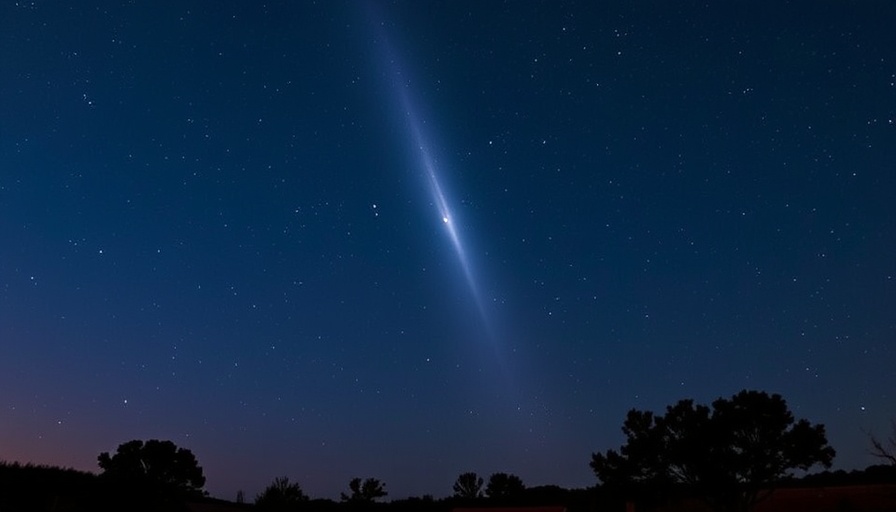
Witnessing Celestial Wonders: The Dual Novas
For the first time in years, sky-watchers are being rewarded with a remarkable spectacle—two novas appearing simultaneously in the night sky. This cosmic phenomenon, which offers a unique opportunity for stargazers, has particularly captivated the residents of the Southern Hemisphere. However, even those in the northern parts, such as San Diego, have a chance, albeit limited, to catch a glimpse of these luminous events occurring in the Lupus and Vela constellations.
The Basics of Novas: What To Know
At its core, a nova occurs when a binary star system experiences a thermonuclear explosion. This event takes place as a white dwarf, the remnant core of a star, pulls hydrogen-rich material from its companion star. As this matter accumulates, a fusion reaction ignites, resulting in an explosion that emits brightness far exceeding that of our sun. While a single nova creates excitement, this rare double-nova occurrence offers a celestial exhibition that is even rarer.
A Historical Perspective: Unveiling the Rarity
Initially perceived as an unprecedented event, this double nova is not entirely without precedent. Astronomer Stephen James O’Meara unearthed records of a similar occurrence from March 2018. However, the rarity of seeing such events is still significant; roughly 46 novas explode in the Milky Way yearly, with only a few bright enough for the naked eye.
How to Spot the Novas: A Guide for San Diego Residents
While the optimal viewing conditions exist in the Southern Hemisphere, residents of San Diego can still gaze toward the southern horizon at dusk to catch sight of V462 Lupi. Experts suggest that the effectiveness of spotting these novas diminishes soon after sunset, prompting local astronomers to urge residents to head outdoors as soon as possible to make the most of this fleeting celestial display.
Diving Deeper: The Science of Novas vs. Supernovas
Understanding the difference between a nova and a supernova can profoundly enhance our appreciation of these celestial events. While a nova represents a temporary explosion that can last from days to months, a supernova is an entirely different beast—a catastrophic explosion marking the end of a star's life cycle, releasing energy billions of times that of a nova. Even the diminishing brightness of the novas in the coming days will still offer a telling glimpse of cosmic power.
Possible Future Novas: A Cosmic Pattern
These recent events offer a glimpse into the patterns of stellar activity. After a nova explosion, it may take between 1,000 to 10,000 years before the cycle begins anew, providing a hopeful yet distant future for those who wish to witness such occurrences again. This rhythm of cosmic life inspires wonder and ignites interest in astronomy, offering both educational and emotional connections for sky-watchers of all ages.
Explorations in astronomy need not end with spotting the novas. For those wishing to dive deeper into the world of celestial events and gain further insights, local planetariums or observatories in San Diego provide resources and events that can broaden understanding and appreciation of the night sky.
Engaging With the Night Sky: A Call to Action
Don’t miss out on this fleeting opportunity! Gather your family or friends, grab a telescope if you have one, and venture outside during the next few nights to explore the wonders of the night sky. This rare astronomical event offers a chance not just to appreciate science but to connect with nature and spark conversations about the universe’s mysteries.
 Add Row
Add Row  Add
Add 




Write A Comment